The Yellowstone Super Volcano

Sean Mitchell
Oct 15 | 5 min read
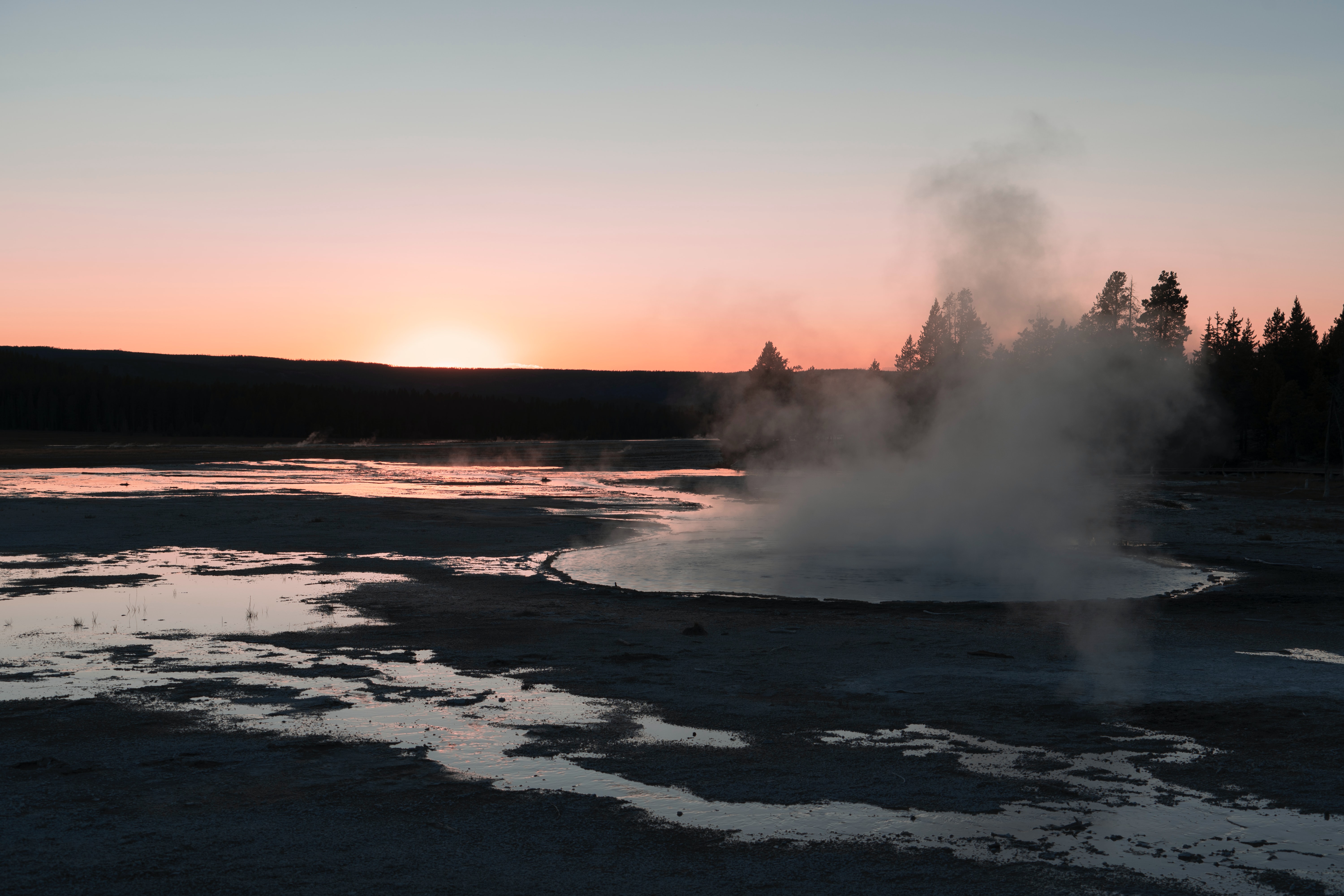
Photo credit: Unsplash - Andrew Sterling
What makes Yellowstone a truly unique landscape is it's geothermic activity. Figuratively, the entire park is essentially powered by heat. This is because there is a massive magma chamber beneath the park, spanning more than 30 miles long, 25 miles wide and 10 miles in depth. As we saw in a previous article, Old Faithful is evidence for this. Frequently earthquakes and the very ground of Yellowstone rising up over the years is also evidence for this. Basically, Yellowstone is a giant volcano, or what some people call a caldera or super volcano.
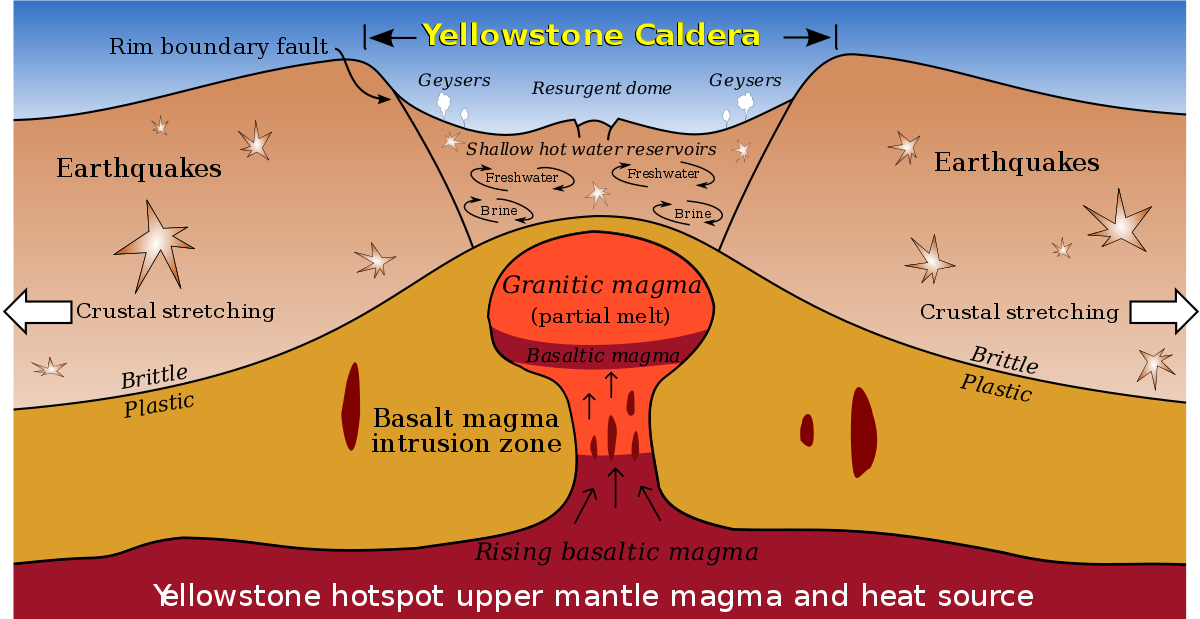
The massive magma chamber beneath the park, provided by USGS.
A super eruption is any eruption that measures 8 magnitude or higher on the volcanic explosivity index. This is enough power to expel 240 cubic miles of material, burying the entire state of Texas 5 feet deep. To put it simply: a super eruption is a massive eruption generally caused by a massive volcano. The last super eruption was around 600,000 years ago, known as the Yellowstone Lava Creek explosion. This eruption formed many of the hills surrounding the park through lava flows, leaving behind a 34 mile by 50 mile depression in the ground.
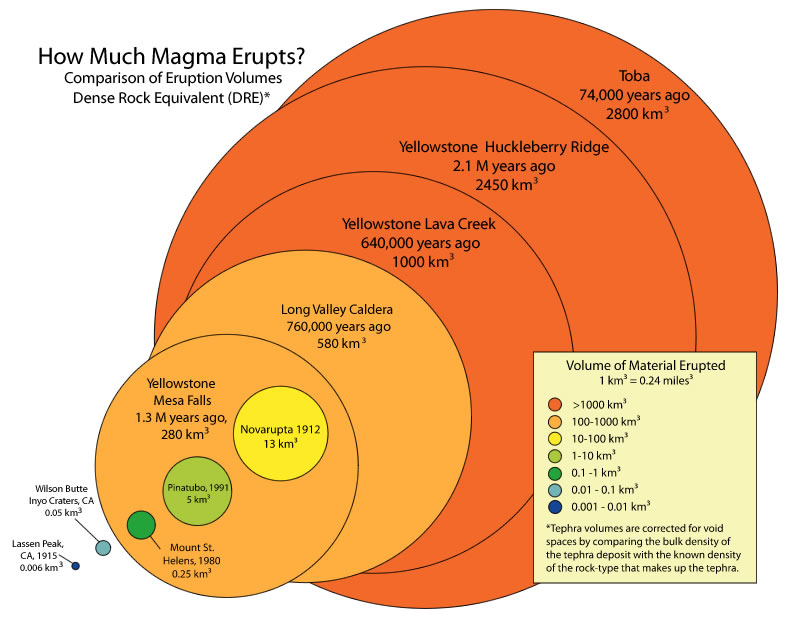
Difference between a regular eruption and a super eruption.
So what would happen if Yellowstone erupted today? Well it would be pure chaos with an catastrophic amount of damage to the entirety of the country. Ash would spew across the entire country at speeds over over 100 miles per hours, with extremely hot temperatures measured over 1500° fahrenheit. If within the blast range of this explosion, you would be completely decimated, as if an atomic bomb went off. The figure below provided by the US Geologic Survey shows that the entire country would be covered in ash, which would kill humans, animals, and plants. The entire landscape would be devastated.
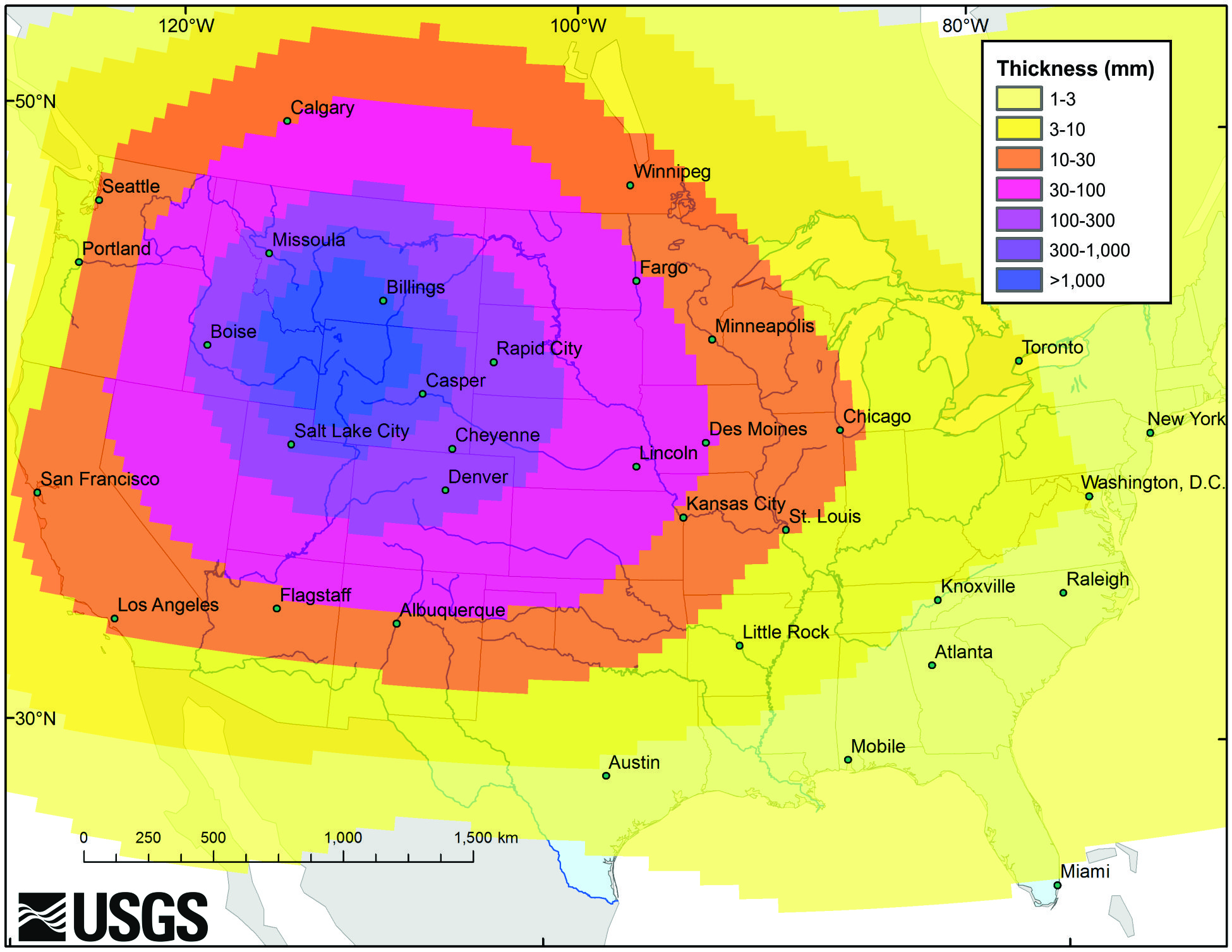
How much ash would affect the US if Yellowstone were to erupt today.
As I mentioned previously, the last super eruption was over 600,000 years ago. You can actually still see some of the damage caused by this eruption today. In Shoshone, California there is a settlement of homes built into ash heaps during the Great Depression. These ash heaps were created by the last super eruption, nearly 1,000 miles away from the origin point. The animal life in the area was also killed off by the ash, you can still find some of their fossils to this day. Some say that we are due for another super eruption, but no one knows when the next eruption will happen. It likely won't happen within our lifetime, but if it does there are warning signs for when an eruption is about to occur such as increased frequency of earthquakes.
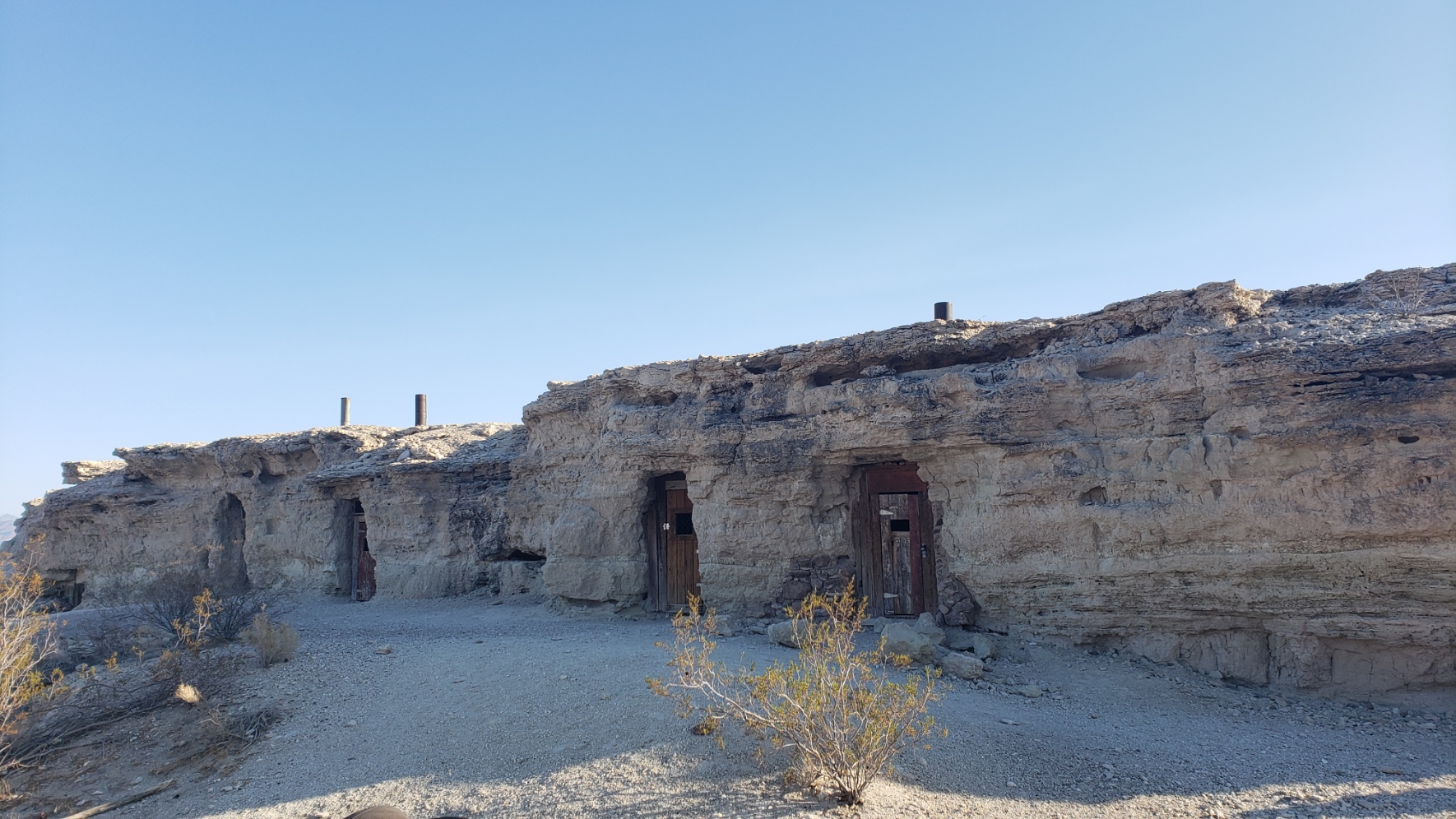
Picture of Shoshone ash heaps from our GEOL 201 field trip. Taken by me.